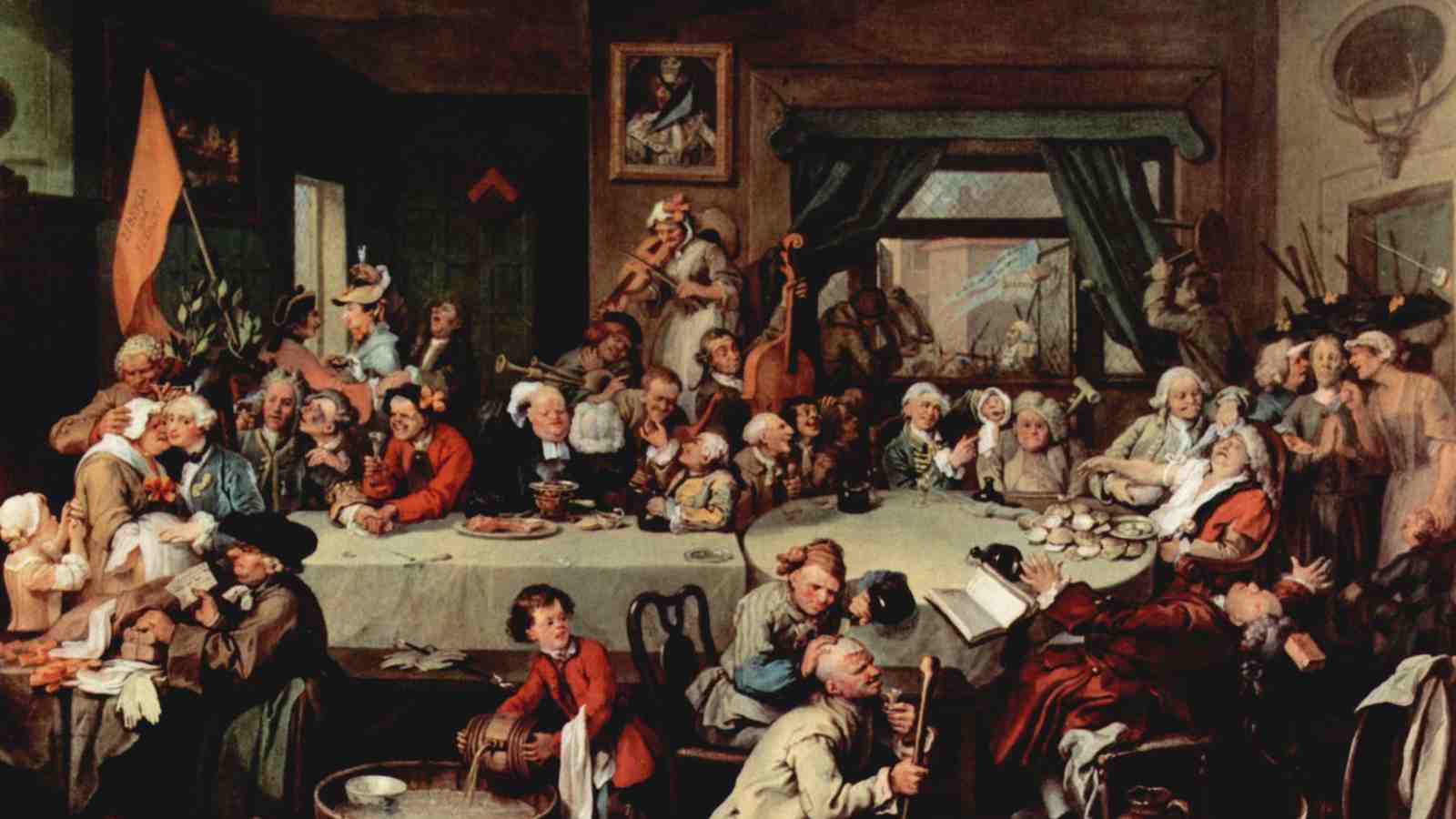Dates and routes
History of the Lord Mayor’s Show Dates and routes
The Lord Mayor's Show was originally held every year on the day of the Feast of St Simon and St Jude, which as everyone knows is 28 October.
It stayed that way until 1751, when Britain adopted the Gregorian Calendar and omitted half of September (more on this below). In order to keep the Mayoral year at the right length, the date of the show was moved back to 9 November, where it stayed for another two hundred years.
The disadvantage of this simple arrangement was that the Show could fall on any day of the week. By the 1950's this was causing unacceptable disruption in the City, particularly as the route varied each year so that the procession could pass through the ward of the Alderman who had been elected Mayor.
In 1952 the Corporation of London and the Home Office settled on a fixed route for the procession - a relief for the Pageantmaster as much as anyone, who has to make sure that any new roads and buildings along the route are compatible with the Show's requirements.
The organisation of the Show was further simplified in 1959 when it was decided that the Show should always happen on the second Saturday in November, whatever date that might be.
(Remembrance Sunday, on the other hand, is always the Sunday closest to Armistice Day. This often means that the Show happens the day before Remembrance Sunday, but not always.)
On Saturday 14th November 2015 we celebrated the 800th year of the Lord Mayor's Show. In 2025 it will fall on November 8th.
Calendar Slippage
In the eighteenth century, the British Government finally decided to let go of the Julian Calendar, which was running slow by a little under one day every hundred years. The problem was well known, and most Catholic countries had shifted to the revised Gregorian calendar 150 years earlier, prompted by concerns in the Vatican about the correct timing of Easter.
Britain and her colonies (then including America) finally came into line in 1752. In order to bring the seasons back to their right places, and Britain into agreement with Europe about what the date was, eleven days of 1752 were completely missed out: Wednesday 2nd September was followed by Thursday 14th. To prevent future slippage, three out of four of the centennial years - 1800, 1900 and so on - would no longer be considered leap years.
You can read the British Calendar Act of 1751 online. Most of it is about rent and birthdays.
